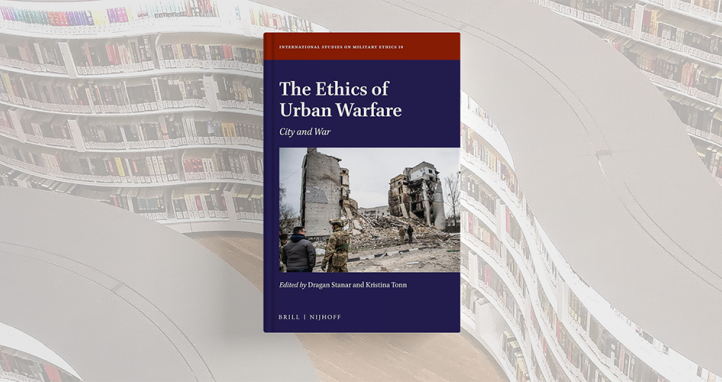Facts and figures
| GDP | $USD 2.24 billions |
| GDP per capita | $USD 1,648 |
| Currency | USD (United States dollar $) |
| Imports | $USD 1.34 billions |
| Exports | $USD 1.78 billions |
| Main industries | printing, soap manufacturing |
The ‘Know Your Region’ series is designed to support unit and individual professional military education on the Indo-Pacific region.
Summary
Timor-Leste has a lower-middle income Southeast Asian economy underlined by poverty, unemployment, illiteracy, and corruption. Around 70-80% of the population is reliant on the agriculture industry for work
Timor-Leste's economy has undergone significant transformations since gaining independence in 2002. Initially reliant on oil and gas revenues, the government has been working to diversify and build a more sustainable economic foundation.
Economy and GDP
Timor-Leste’s largest export destinations are Indonesia and China. Its largest import sources are Indonesia, China, and Singapore. Australia ranks as fifth partner in both import to and export from Timor-Leste.
Historically, the oil and gas sector has been a primary driver of Timor-Leste's economy. The Timor Sea, which lies to the south of the country, holds substantial offshore oil and gas reserves. Revenue from these resources has been crucial for funding public services and infrastructure projects. The Timor-Leste Petroleum Fund was established to manage and invest the oil revenues for the benefit of future generations.
Timor-Leste is one of the most petroleum dependent countries in the world with 86% of the government’s expenditure coming from transfers from Timor-Leste’s petroleum fund each year. The petroleum fund is set up to separate petroleum revenues from government spending with only a small percentage being released each year whilst the remainder is invested in international financial assets. This aims to provide a stable return on petroleum revenues to smooth the spending of temporarily high petroleum income. Remittances from Timorese workers in other countries is the second highest contributor to the economy behind petroleum.
Recognizing the finite nature of oil and gas resources, the government has actively pursued economic diversification. Efforts have been made to develop other sectors such as agriculture, tourism, and fisheries. These initiatives aim to reduce dependence on a single revenue source and create a more resilient and sustainable economy.
Agriculture plays a vital role in Timor-Leste's economy, employing a significant portion of the population. Subsistence farming is common, with crops like rice, maize, and cassava being staples. The government has been implementing programs to improve agricultural productivity and enhance food security.
Timor-Leste has untapped potential in the tourism sector, boasting diverse landscapes, pristine beaches, and a rich cultural heritage. Efforts have been made to promote tourism as a means of economic development. The nation's unique cultural festivals, historical sites, and ecotourism attractions contribute to its appeal.
Despite these efforts, Timor-Leste faces challenges in achieving economic stability. The country's infrastructure is still developing and there is a need for continued investment in education and skills development. Addressing these challenges is crucial for creating a conducive environment for sustainable economic growth.
For further information on about the economy of Timor-Leste, see the resource below:
Article
Trade with Australia
Australia’s largest exports to Timor-Leste are coal, cars, and petroleum. Timor-Leste’s top exports to Australia include coffee, machined parts, and valves. In 2022, Australian exports to Timor-Leste totalled $69.4 million and imports totalled $15 million.
A breakdown of Timor-Leste / Australia trade can be found here: OEC Timor-Leste / Australia
Trade with other Nations
Timor-Leste engages in trade with various nations, fostering economic ties and diversifying its sources of goods and services. Indonesia is a significant trading partner due to geographical proximity. Additionally, Australia has been an important economic partner, particularly in the context of the oil and gas industry.
Know your region
Know Your Region series gives you a shortcut to understanding other nations in the Indo-Pacific region.









